Charging... Fast - A look at DC Fast Charging
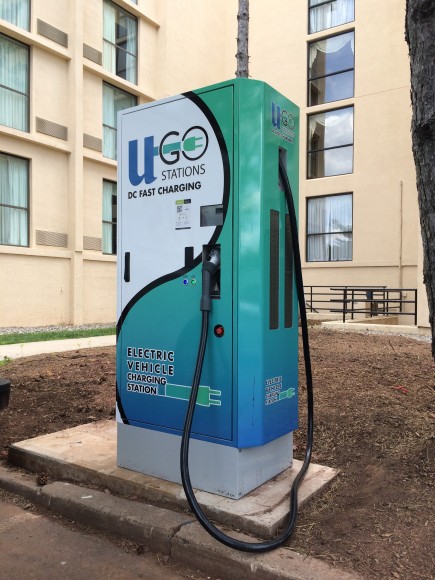
Saturday 5th July 2014
I would say that Charging Electric Cars is rather boring, there’s nothing fun about it. You open the flap on the side of the EV and plug in the charging cable, and the charging process begins. At this point, once I’ve confirmed that the car is actually charging – a two second process – I walk away and close the garage. That’s it – boring right? So then, why would I write about charging at all? Well, only because something interesting happened this past week, and that was the appearance of two DC Fast Chargers located within a 20 – 30 minute drive from our house. I guess we will be off to try one out to see if it really does work, as we have never had the opportunity to test them out. But first…
What is DC Fast Charging?
DC Fast Charging gives you the ability to charge up your electric vehicle a lot faster than regular Level 2 charging and certainly much, much faster than Level 1. You can usually use a DC Fast Charger to charge your EV in 20-40 minutes to an 80% charge. That’s pretty good, it gives you enough time to pop to the bathroom and grab a cup of tea (or coffee).
We have two EV’s that have fast charge capabilities. The 2012 Mitsubishi i-MiEV has CHAdeMO, and the 2014 BMW i3 has CCS. Currently there are no CCS chargers to be found on the East Coast except at BMW NA, which apparently is not available to the public – Hmm, not sure why. Seems a bit remiss of BMW to give us the CCS charging capability on the car but then not actually provide any chargers to make use of it. I don’t get it, but oh well… Nothing new on that front.
Way, way back in February 2013 I wrote a blog piece about the i-MiEV becoming our 3rd Electric Car (well technically it’s our 4th EV as the MINI E was the 2nd and then the ActiveE was the 3rd) and how hopefully there would be some CHAdeMO chargers near us soon. Fast forward 17 months and finally two DC Fast Chargers have appeared.
As the DC Fast Chargers are CHAdeMO, we had to take the i-MiEV. The i3 looked slightly miffed as we walked past it and got into the i-MiEV, sorry i3 but you are not compatible with CHAdeMO. We started off with 95% battery and put on the AC to use up some power but even so, as the journey was mostly downhill, we still had 85% battery when we arrived at the DC Fast Charger.

We backed into the spot, got out and looked at the ‘machine’. It was huge and definitely bigger than us, almost alien with its colourful green graphics. Ah, one moment, that cable doesn’t look very long, a quick calculation suggested we needed to be closer to it so, we reversed back some more.
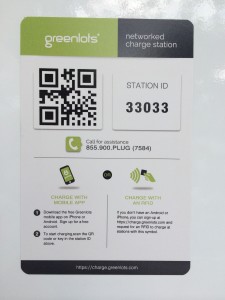
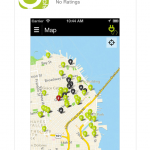
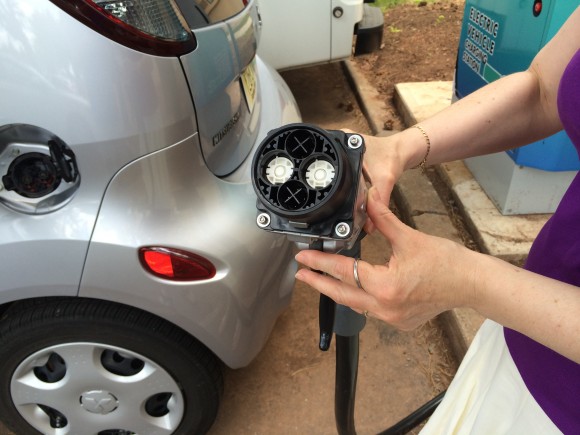
With the car plugged in, we stood, once again, in front of the machine, watching the numbers. For some strange reason, totally unbeknown to me, my side-kick was hopping up and down excitedly reporting the huge numbers of kW’s rushing into the car. He said that it was great to see the percentage going up so fast. Within minutes it had jumped from 85% to 90% where it then began to slow down. The first 80% can go in really fast but the battery can’t take the remaining charge as quickly.

Does $7 seem a lot for a charge? Well that price gets you less than $2 of electricity so it might seem a lot, however, that’s also the equivalent of about two gallons of petrol where the price then looks similar. For the convenience of a fast charge when I need it, I’d pay that. Although, I would prefer to see it set as half hour charges of $3.50, as I think the majority of the time, that’s all people would be charging for. Seems a fairer system then and also I don’t feel that I am being overcharged if I leave within 30 minutes, nor would people feel they should hog the charger for the whole hour to get their monies worth.
After standing and watching for 10 minutes, we decided that the test was conclusive – it worked, so no point hanging around. I must point out here – we weren’t charged, it never asked for any payment method. Time to disconnect and apparently I had to stop the charging on the unit before I could unplug it. Pressing the button stopped the charging and released the lock on the connector so I was able to heave it back onto the unit – very much like a petrol pump.
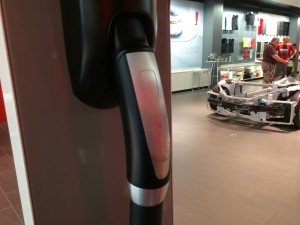
The Tesla connector is also three times faster than the CHAdeMO system and Tesla are installing these at locations mid-journey and in groups of four or more at a location – they’re really leading the way.
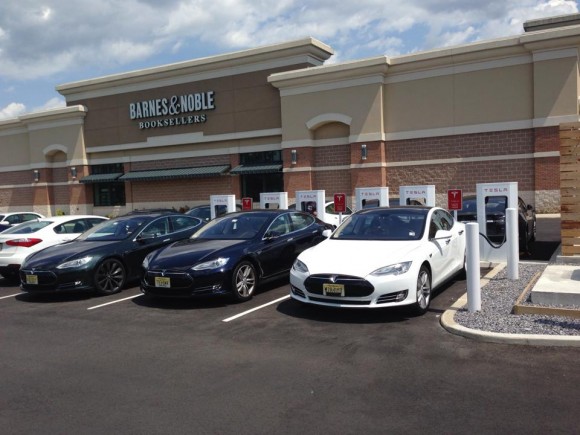
As said earlier we can’t test the i3’s CCS.
The question that now remains is – Should you buy a car with a DC Fast Charge Connector?
My answer is yes. There may not be many DC Fast Chargers around just now but I’m hoping there will be in the coming year and you definitely want to have the capability should you need it. The ones near us are a bit too close to be of any use but it shows promise of what’s coming in the future.
The 2013 Ford Focus Electric is now feeling a bit like the odd one out as it’s the only one without fast charging. It suddenly feels like it’s land-locked, like it’s tied to a very small circle around our home. Obviously, its not changed and neither have our needs but it somehow still feels limited.
See – Charging is rather boring but obviously very necessary.


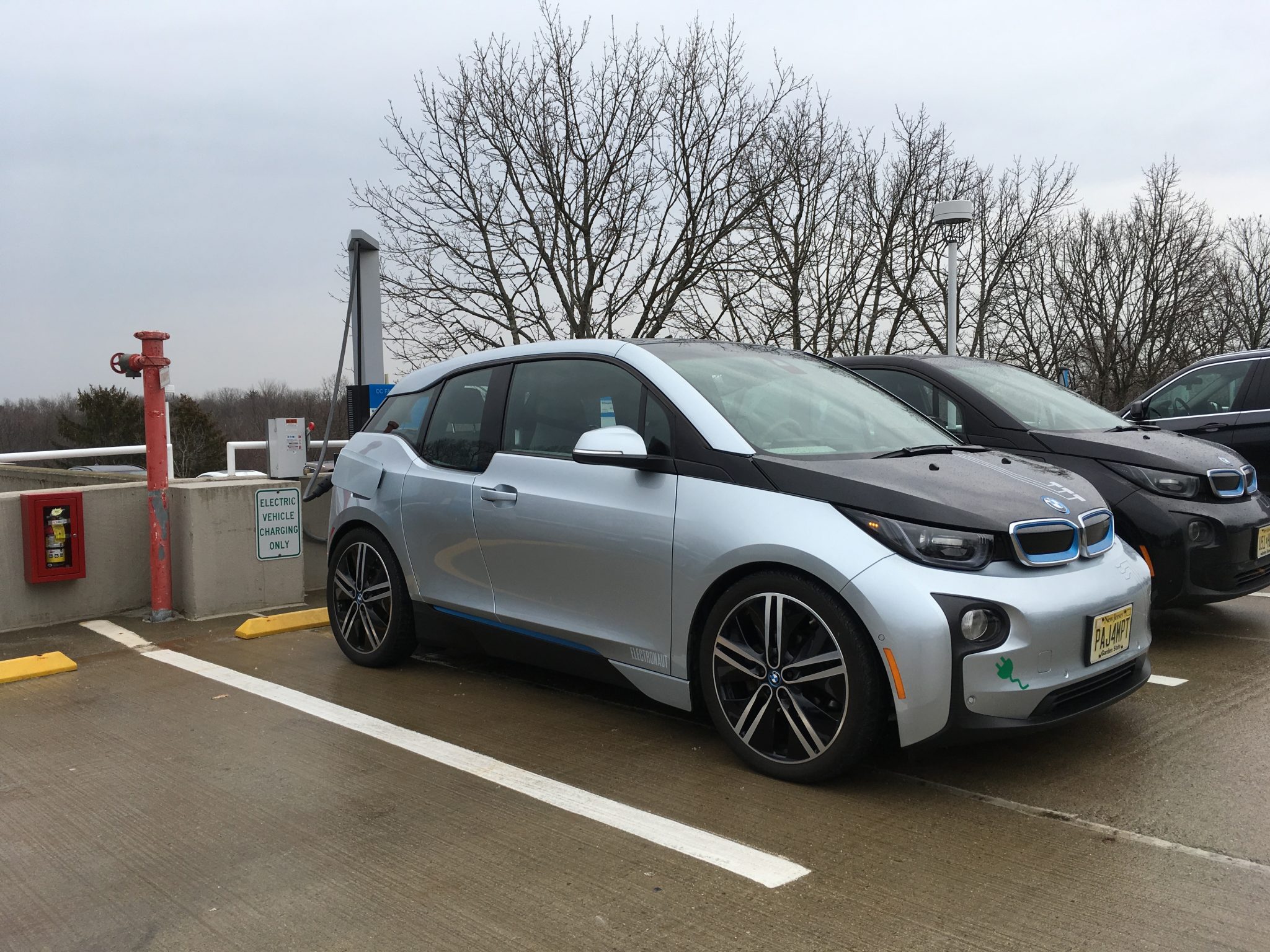
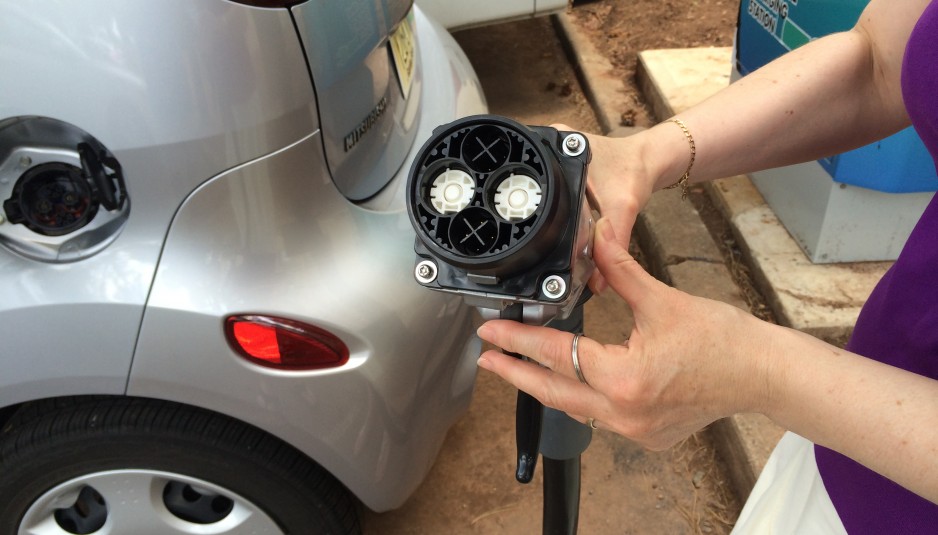
Comments